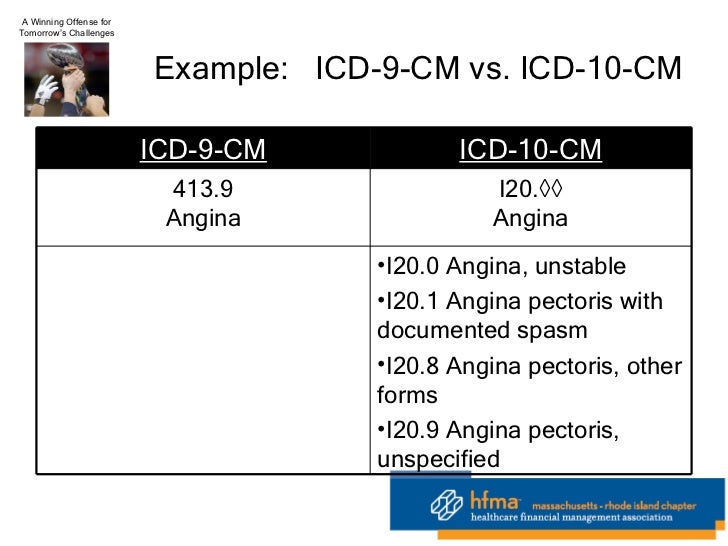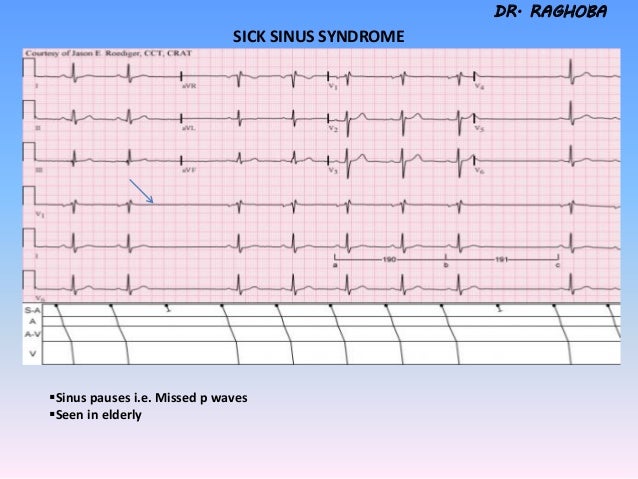

Note that the Safety, Rehabilitation and Compensation (Defence-related Claims) Act 1988 (DRCA) commenced on 12 October 2017.Īs a result of this legislative change, the Department is updating its published information, including hardcopy and website content, as well as CLIK.
Icd 10 for sick sinus syndrome professional#
While we make every effort to ensure that the information on this site is accurate and up to date we accept no responsibility whether expressed or implied for the accuracy, currency and completeness of the information.īefore relying on the material you should independently check its relevance for your purposes, and obtain any appropriate professional advice.įor reasons of succinctness and presentation, the information provided on this website may be in the form of summaries and generalisations, and may omit detail that could be significant in a particular context, or to particular persons. It does not reflect the views or opinions of any other government body or authority. This information reflects policy made by DVA and is used in the assessment of claims. Information provided on this website is prepared by the Department of Veterans’ Affairs (DVA) for general information only and does not provide professional advice on a particular matter. Many patients require implantation of a permanent pacemaker. Treatment is directed at relieving symptoms and addressing any underlying causes. The usual course of the condition is for manifestations to evolve and progress over time.

The condition is more common with advancing age but can occur in younger adults and children. Some cases are identified following an ECG performed for another reason. Most people present with non-specific symptoms such as fatigue, lightheadedness, palpitations, presyncope (feeling faint), syncope (fainting), or shortness of breath. The relevant medical specialist is a cardiologist. Exercise stress testing may be necessary and specialist opinion will typically be required. A correlation between the reported symptoms and the ECG findings is needed for the diagnosis to be confirmed. The symptoms are non-specific and the ECG findings are not diagnostic on their own. The diagnosis is made based on the combination of symptoms and ECG findings. The dysfunction and resulting symptoms may be intermittent or persistent. The atrial heart rate may be too slow, too fast, punctuated by pauses, or there may be an alternating combination of these problems. The sinoatrial node is the primary pacemaker in the heart. The condition results in an atrial heart rate that is inappropriate for physiological needs. Sick sinus syndrome is a group of cardiac arrhythmias caused by acquired dysfunction of the sinoatrial node. Current RMA Instruments Reasonable Hypothesis SOP


 0 kommentar(er)
0 kommentar(er)
